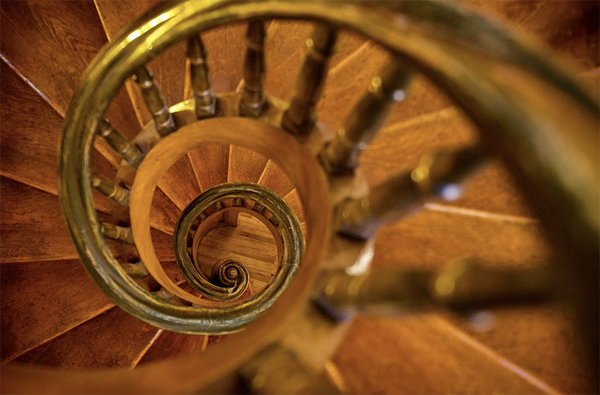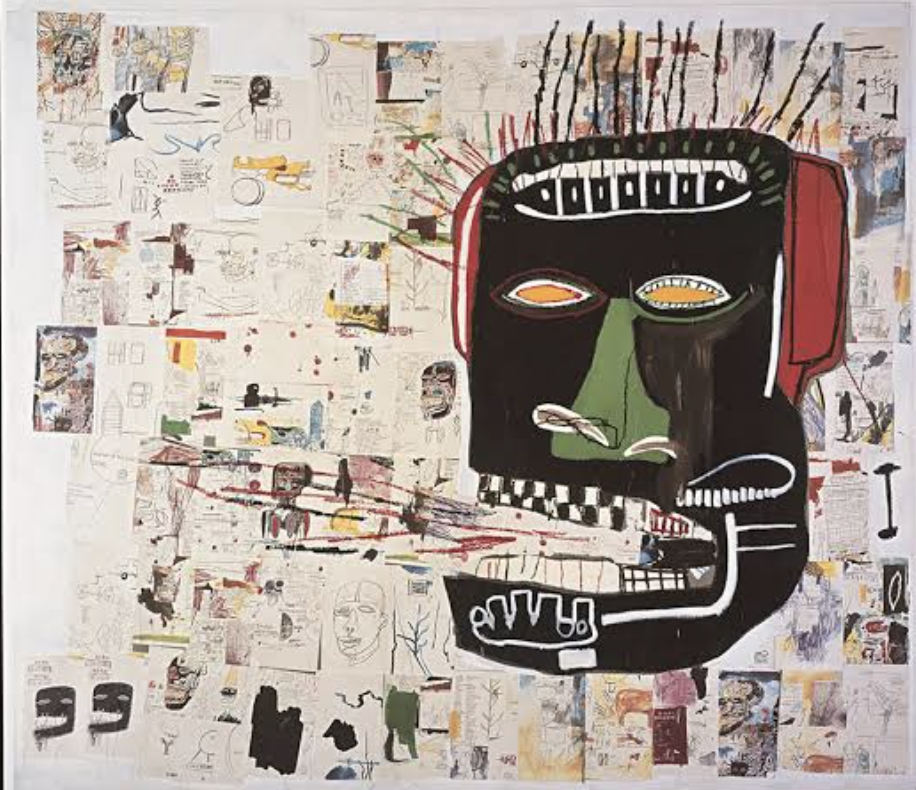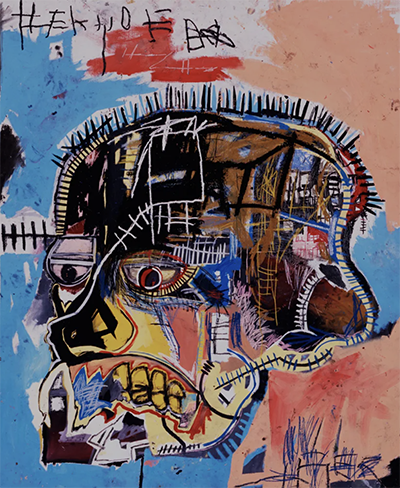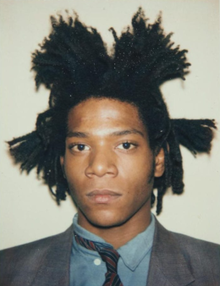
Walking meditation offers a beautiful synergy of movement, nature, and mindfulness to create a holistic experience for both the body and the mind.
The act of walking itself is a gentle form of exercise and a meaningful way to move your chi by stretching muscles, increasing circulation, and invigorating the body. Outdoors in nature, you soak up all the sounds of natural goodness around you, fresh air, and sunshine, it’s like a nature retreat.
Walking meditation also offers an opportunity to deepen your connection with your body.

The benefits are many – enhances physical health; improves focus; deepens your connection to your environment and certainly lowers anxiety.
Here is my guide to walking meditation:
- Choose your path – a quiet path, park, beach, or corridor in your home.
- Connect with your breath – take three deep breaths through your nose and release through your mouth.
- Pay attention to your senses and sensations – what are you seeing, smelling, touching, hearing, and tasting?
- Keep a mindful posture – Keep your back straight, your shoulders relaxed, and your gaze softly focused on the path ahead.
- Find your rhythm – synchronize your breathing with your steps. When I was walking El Camino de Santiago in Northern Spain, I walked around 18 to 20 miles per day, day after day after day and each day became a form of walking meditation. I had my walking sticks and used the rhythm of my breathing and the clicking of my sticks to keep my focus on the present moment.
With each step, you become more attuned to the sensations and movements of your physical being. You become aware of how your feet touch the ground and how the breeze feels on your skin. This heightened awareness fosters a sense of presence and mindfulness.
What’s truly wonderful about walking meditation is its accessibility. You can seamlessly integrate it into your everyday life, whether you are commuting to work, enjoying a leisurely stroll in the park, or simply unwinding after a workout. It’s a practice that meets you where you are, inviting you to infuse mindfulness into the ordinary moments of your day.
Are you wearing the best colors for you? Each of us has a power color based on the five elements and the day we were born. Sign up for my email list and provide me the day, month, and year of your birth and I will send you your birth element and power color!







